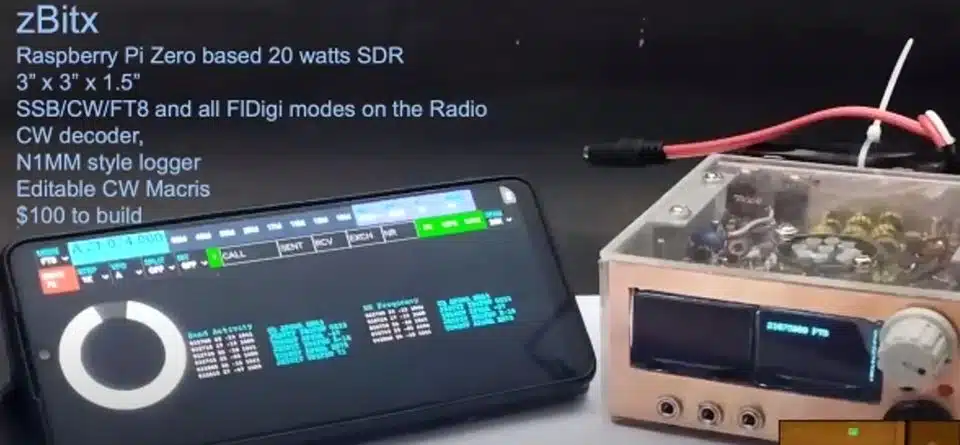Convert Raspberry Pi into a powerful hybrid SDR with this innovative HAT designed by Ashhar Farhan. This HAT can turn your Raspberry Pi, turning it into a headless transceiver. A small OLED display is sufficient to show the VFO, making the setup minimal yet effective HF Transceiver for field ops. Amateurs often look for features like CAT control, CW decoding, N1MM-style logging, and AGC for field operations. These are handled through software, keeping things simple without fully switching to an SDR design like the uSDX project, which a full SDR design.

Key Features of the HAT:
- Si5351 Clock Generator: Generates up to three clocks ranging from 10 kHz to approximately 200 MHz.
- WM8731 Audio Codec: A low-noise stereo audio codec capable of sampling at 96 ksps.
- GPIO Access: The Raspberry Pi’s GPIO pins are conveniently exposed for additional customizations.
Concept and Benefits:
The HAT bridges traditional and modern ham radio designs, appealing to enthusiasts accustomed to superheterodyne systems while providing a taste of full-blown SDR capabilities. This hybrid approach aims to popularize SDR models among seasoned hams.
Easy Browser-Based Control:
Control the entire transceiver directly from a web browser on your phone or PC. Connect to the Raspberry Pi’s local hotspot and access the controls via its local IP address or raspberrypi.local.
Additional Customization:
To get your transceiver operational, you’ll need to integrate external components like small amplifiers and band-pass filters for specific frequency bands. The beauty lies in its flexibility—you can use any parts you’re familiar with, without needing to learn new techniques.
This HAT makes it simple to explore SDR functionality while leveraging the power of your Raspberry Pi! The minimum is a Raspberry Pi Zero!
Explore the full project on GitHub:
https://github.com/afarhan/sbitxhat

